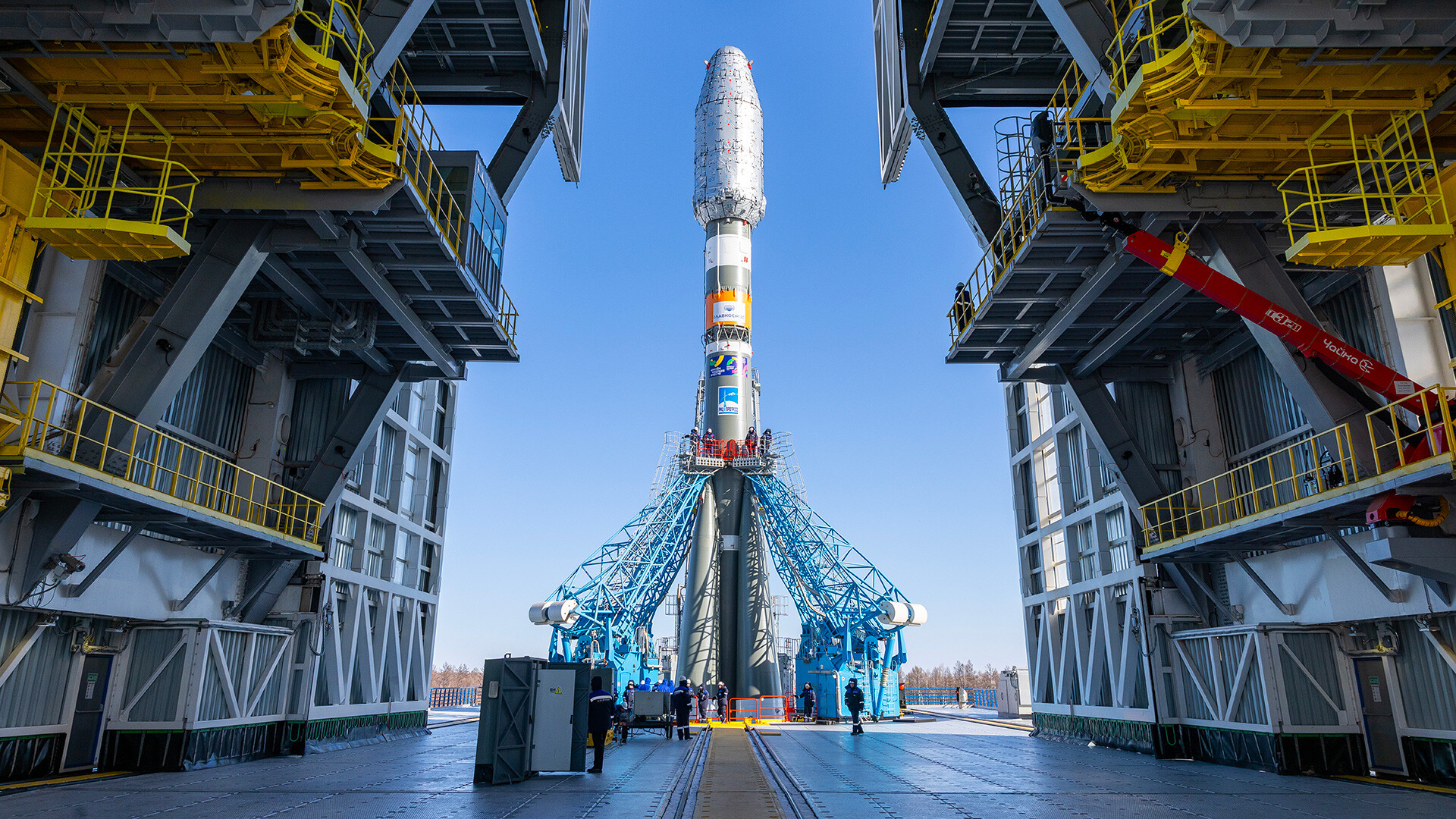
Why were dogs, and not monkeys, sent to space in the USSR?

The experiments on animals in space began in the Soviet Union and the United States at the same time – in the 1940s.
Monkeys were considered more human-like in many respects. Precisely for that reason they were chosen by the Americans. A rhesus macaque named Albert was the first to go to space in a rocket in 1948.
The USSR was looking at monkeys, as well. Doctor Oleg Gazenko, one of the leading scientists of the space program, even visited a circus with observation goals. There, he realized – monkeys would bring a lot of problems. They’re less emotionally stable, they have nervous breakdowns, during which they express aggression. In the U.S., to counteract this, the animals were put in a drug-induced intoxicated state. In the USSR, the choice of animal fell on dogs. And specifically on strays.
“It’s all very understandable: they [stray dogs] are incredibly clever, they’re undemanding. Unlike any purebred dog, they value kindness shown to them,” Gazenko explained.
In total, the USSR launched 51 stray dogs in rockets, with 12 of them not surviving the flight.
In the end, they tried their luck with monkeys, as well, but much later, in the 1980s. Within the Soviet ‘Bion’ program, 12 monkeys managed to go to space, but when the last one named Multik died after landing, they decided to shut down the program.












